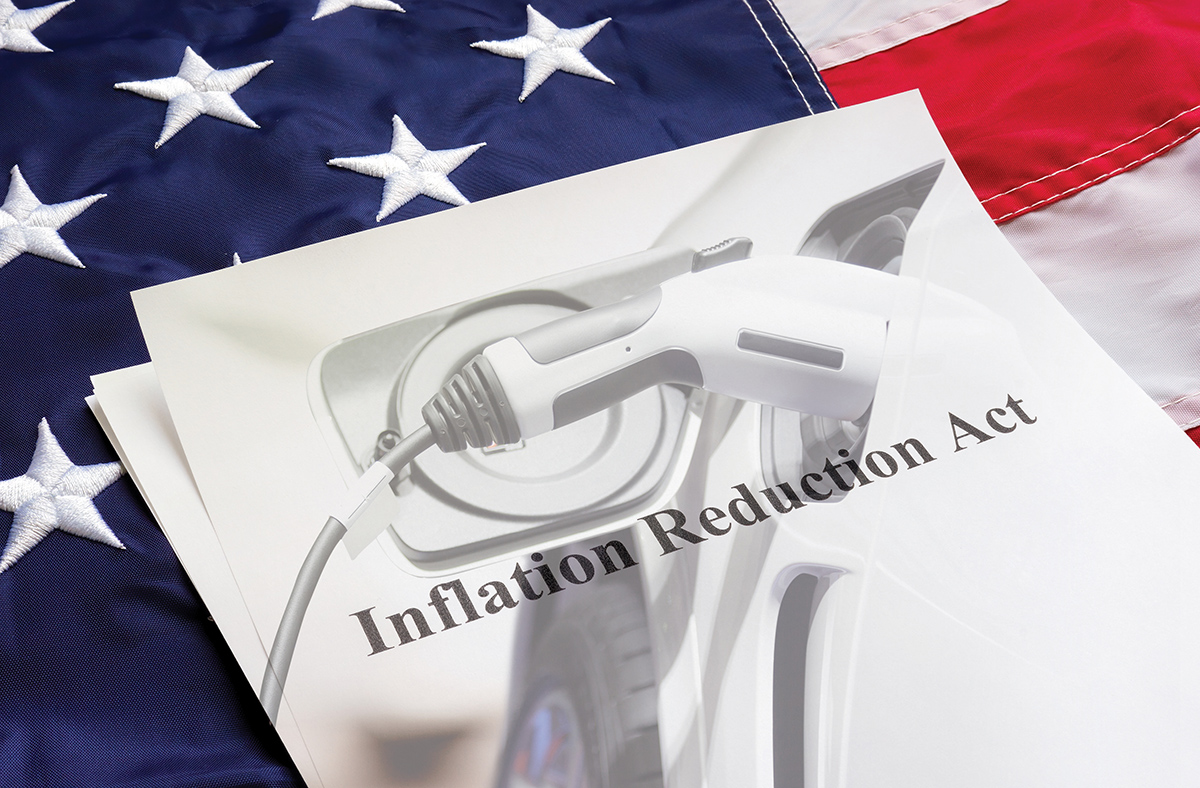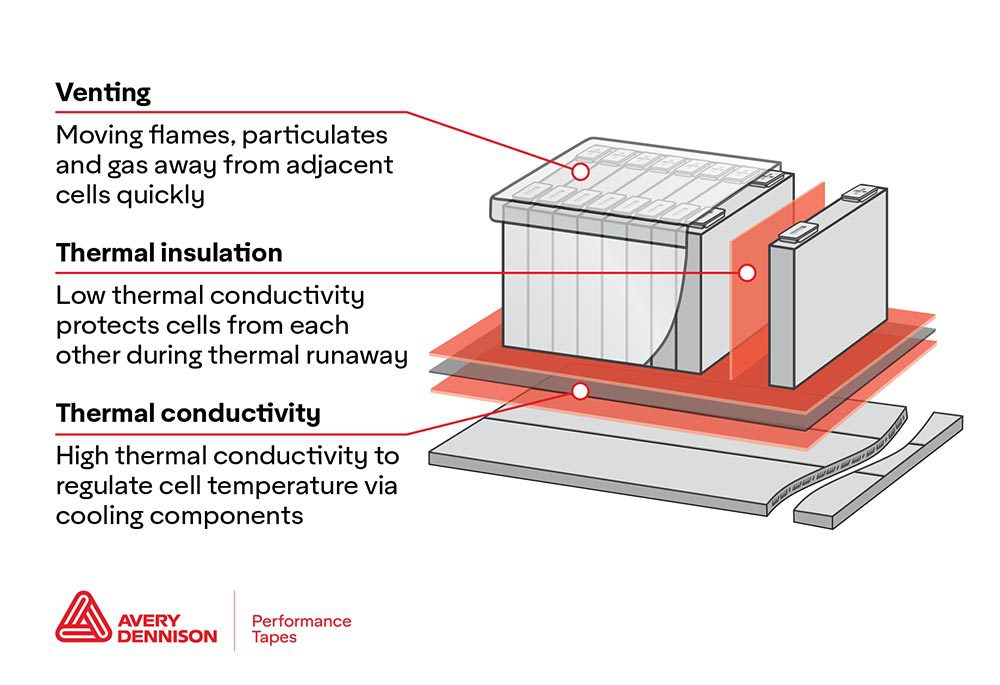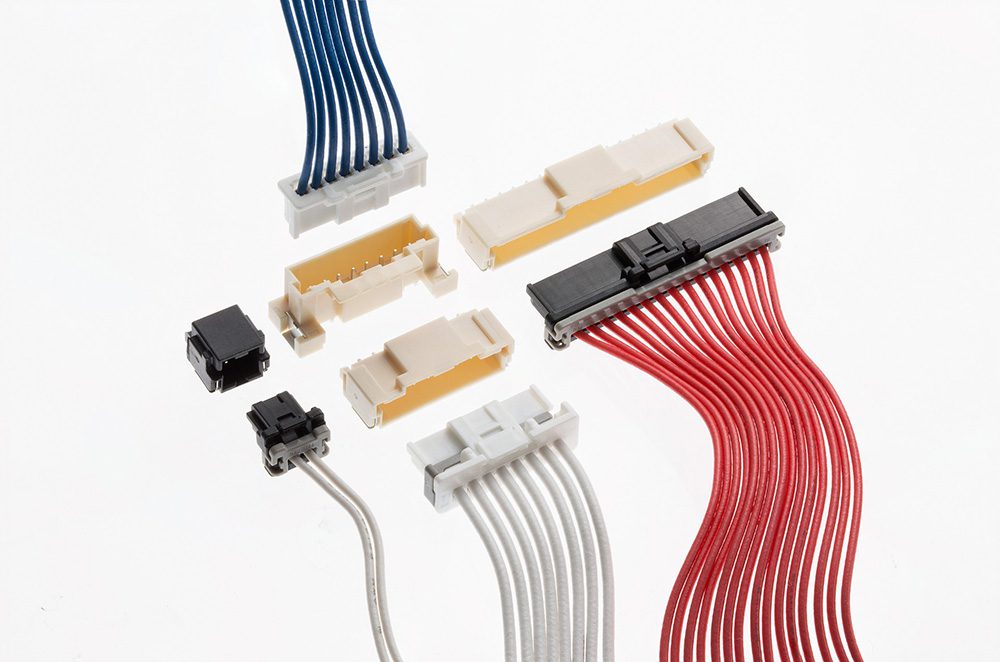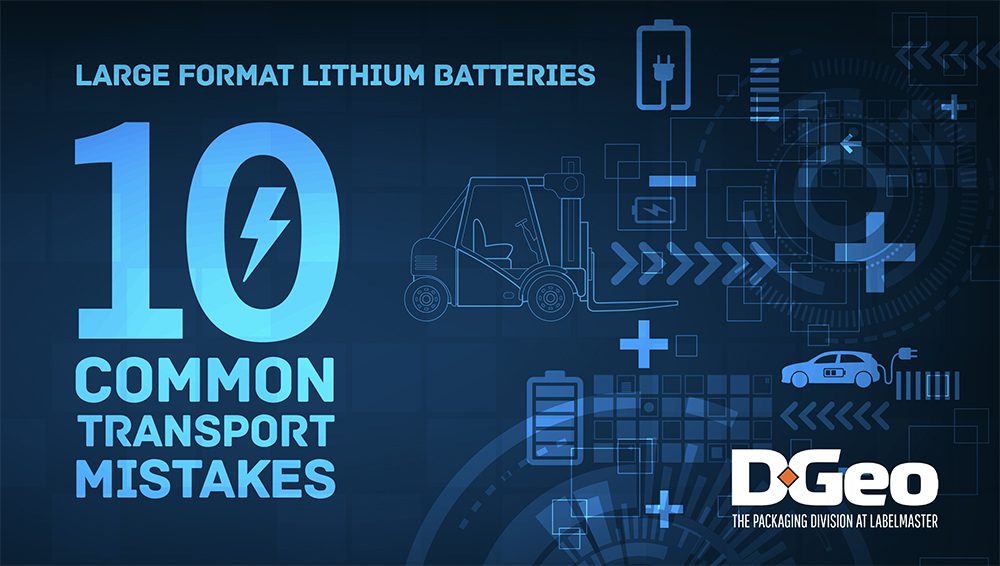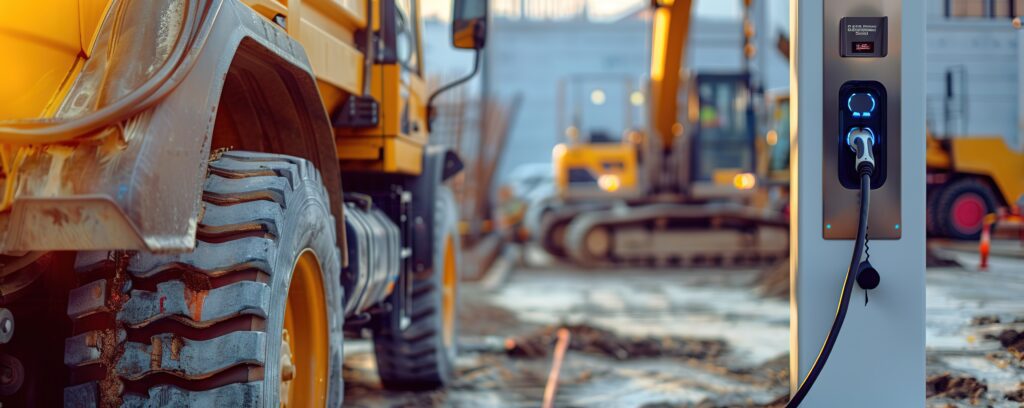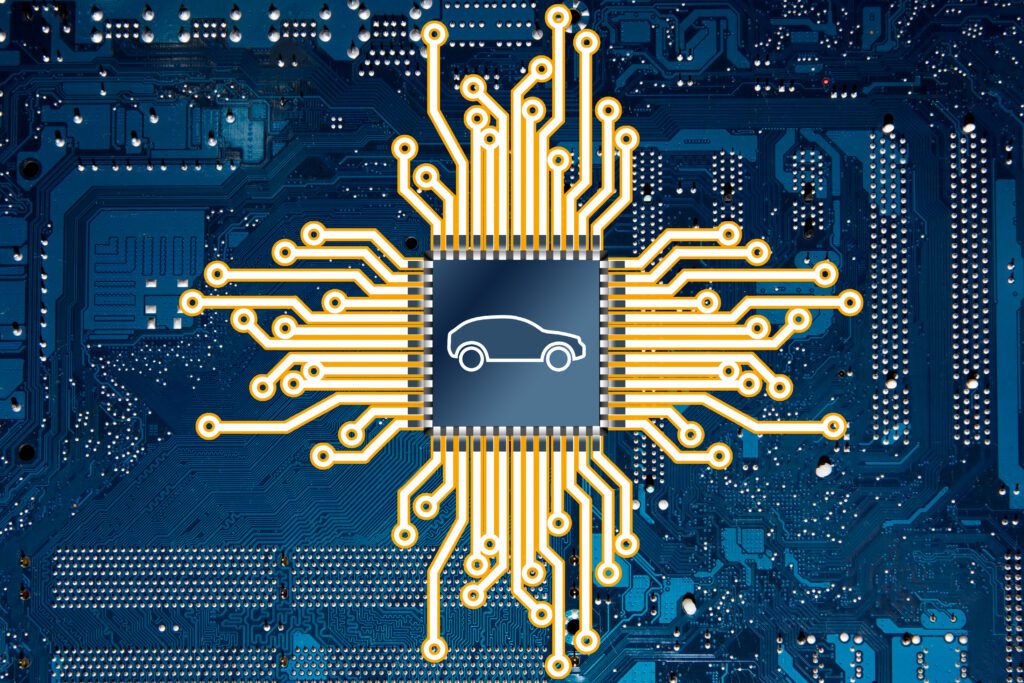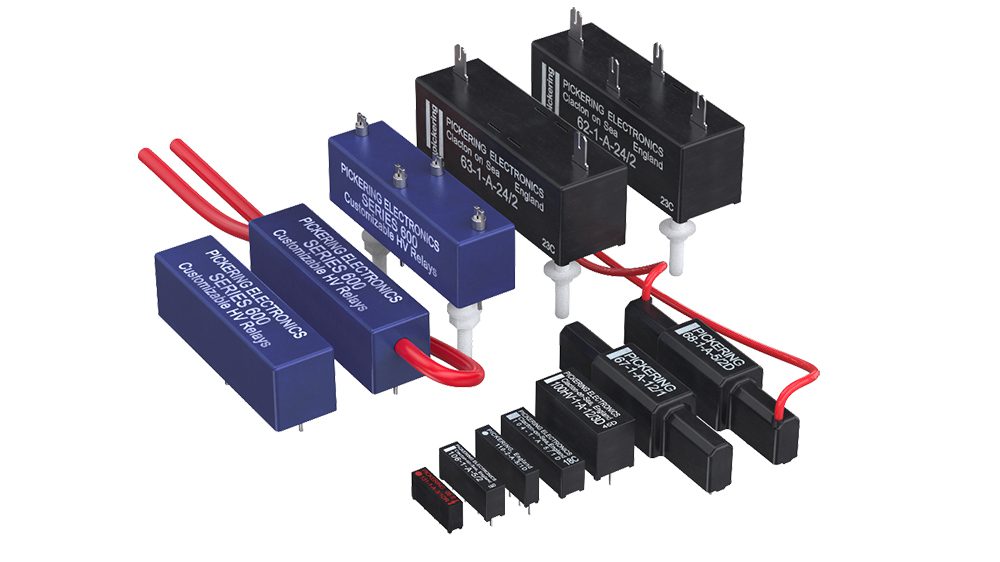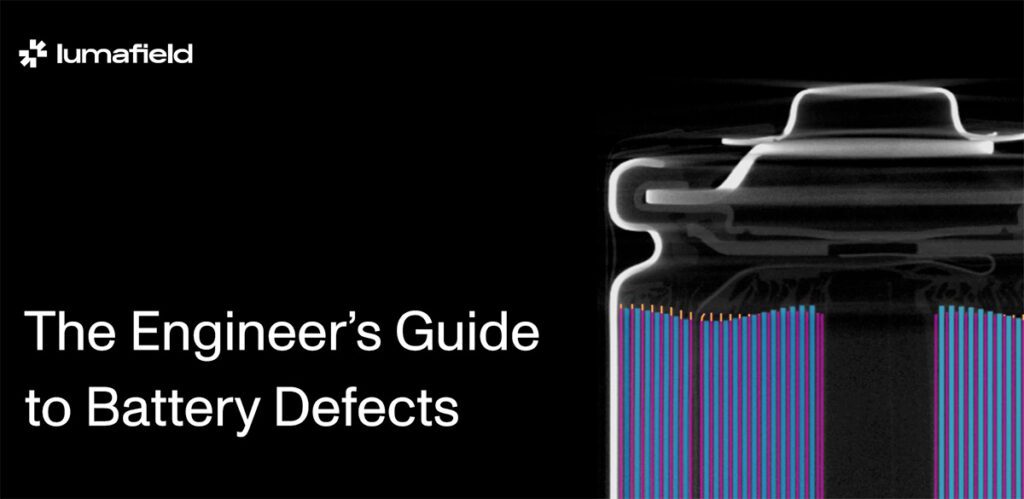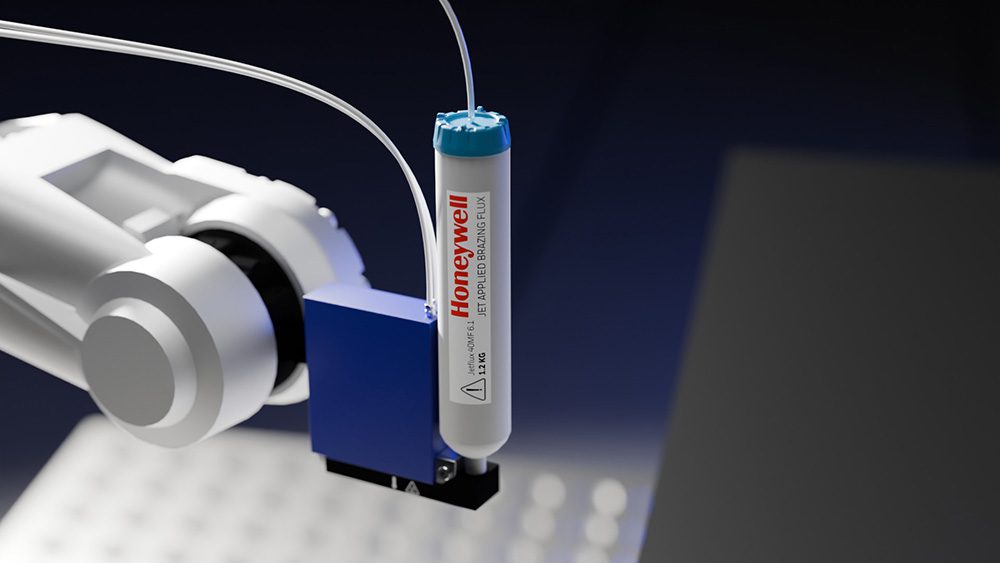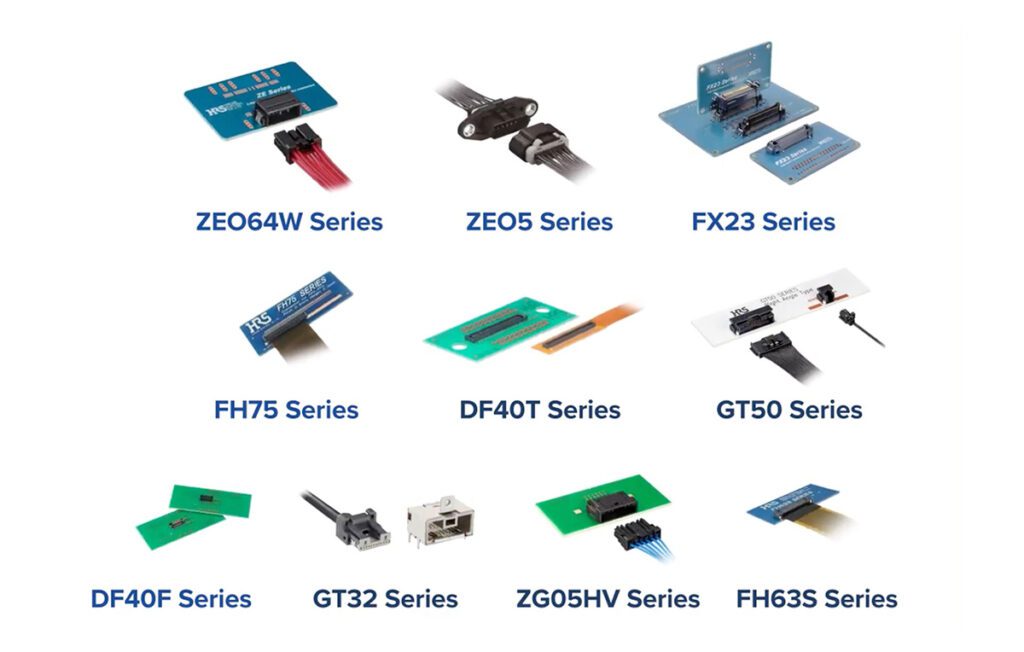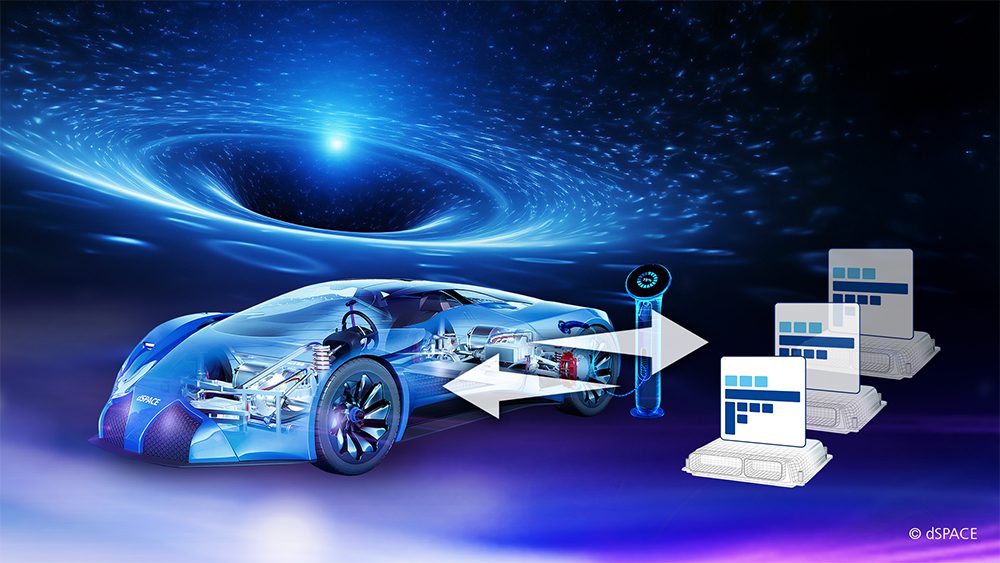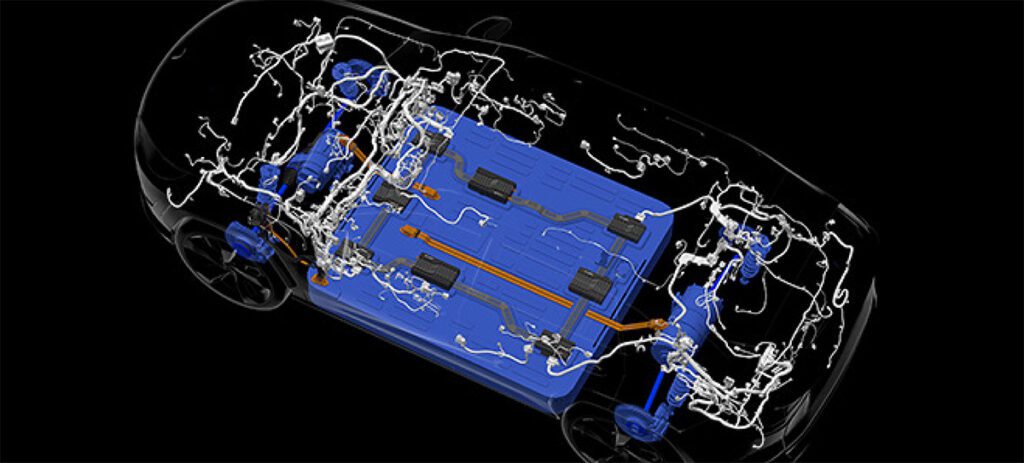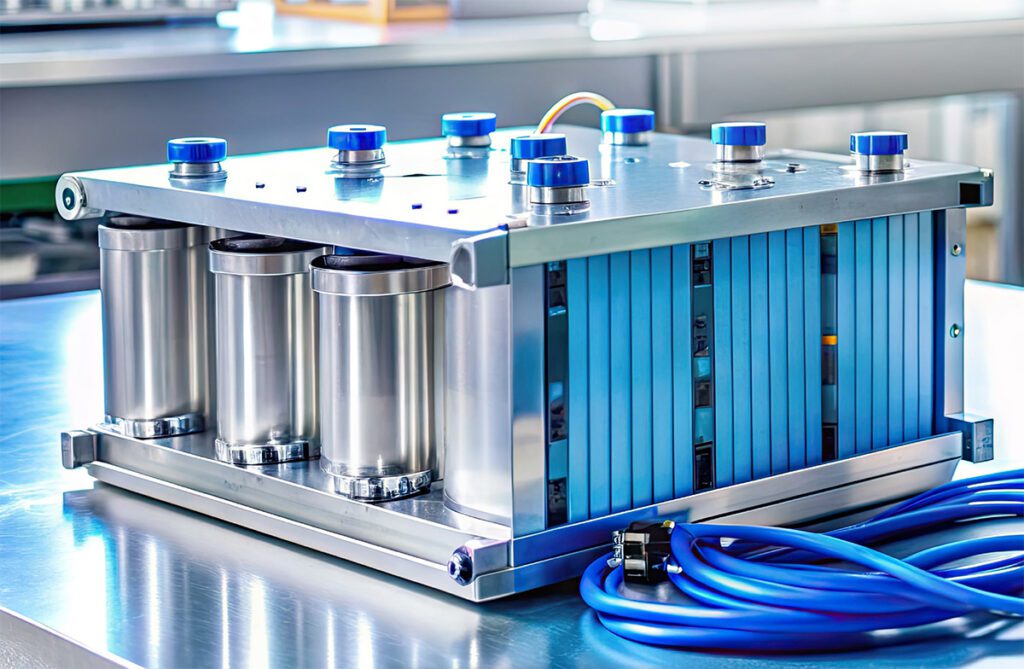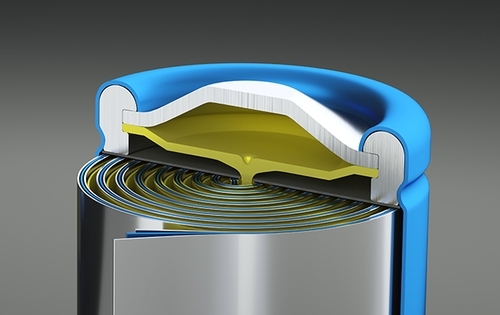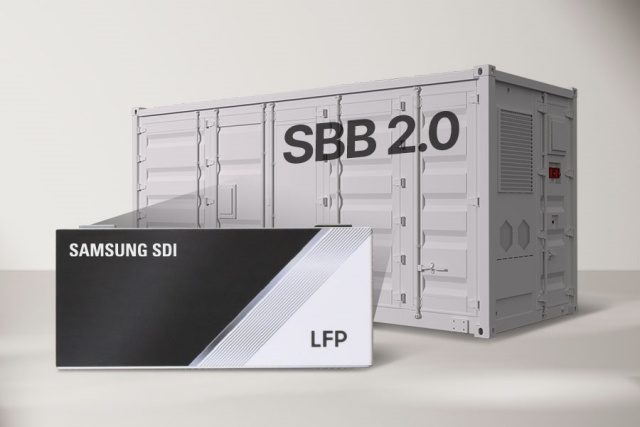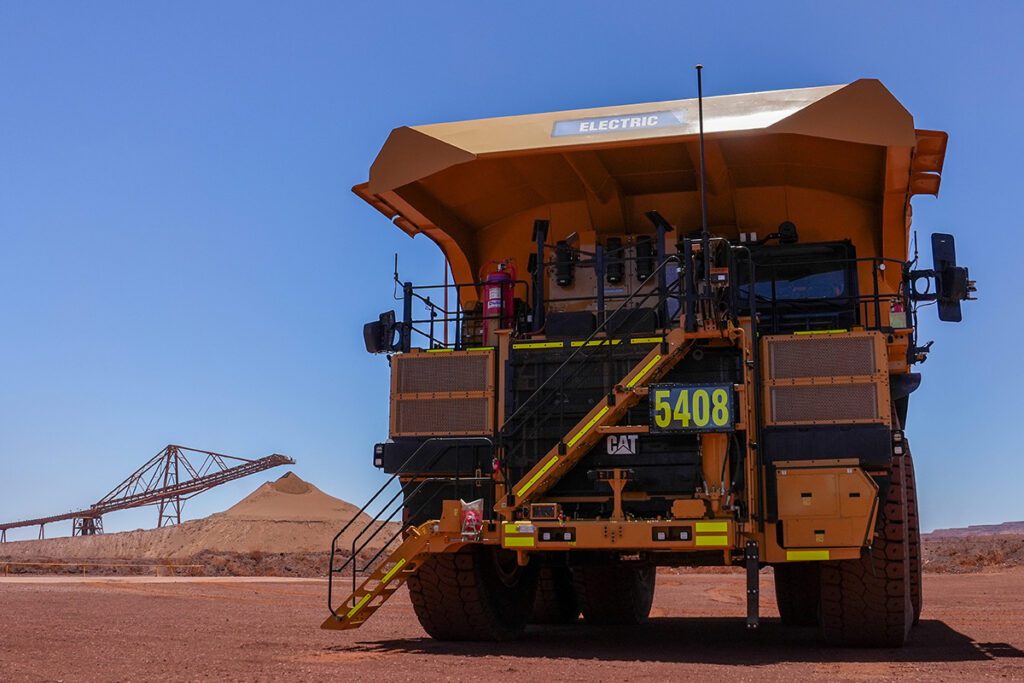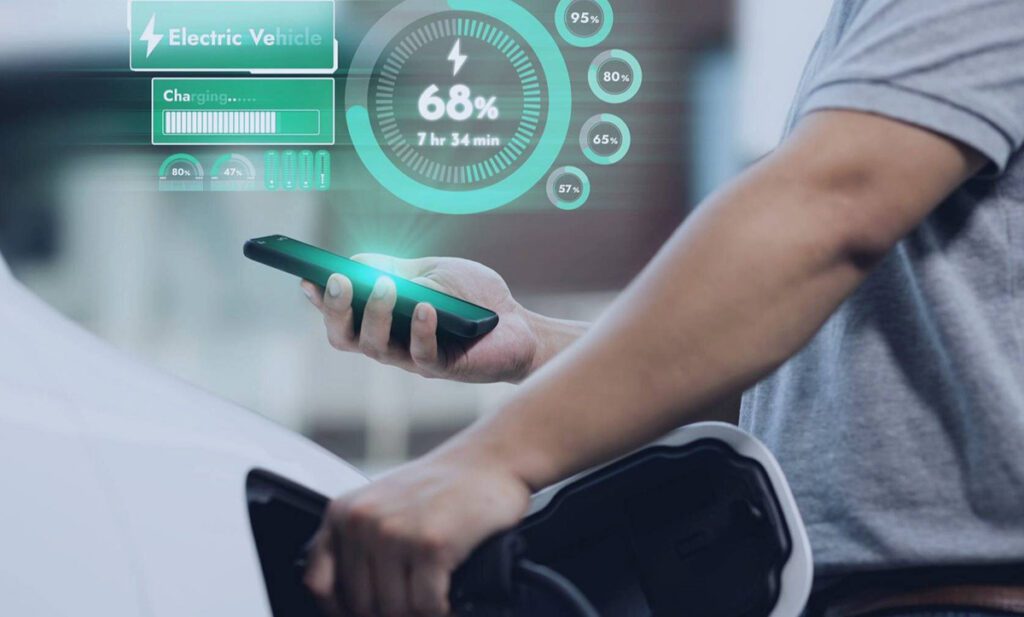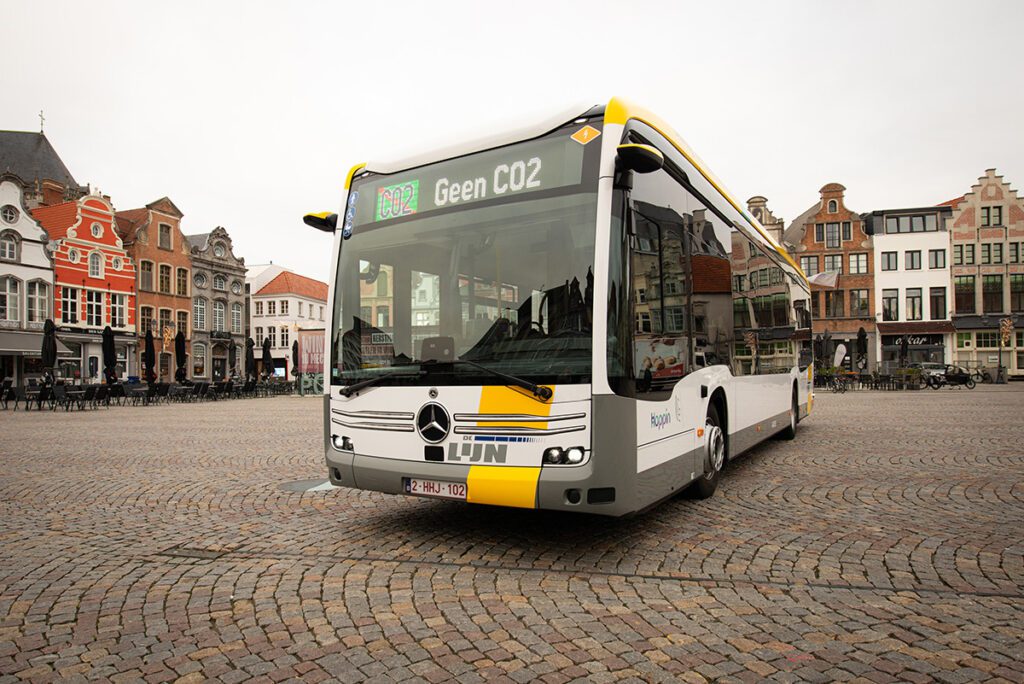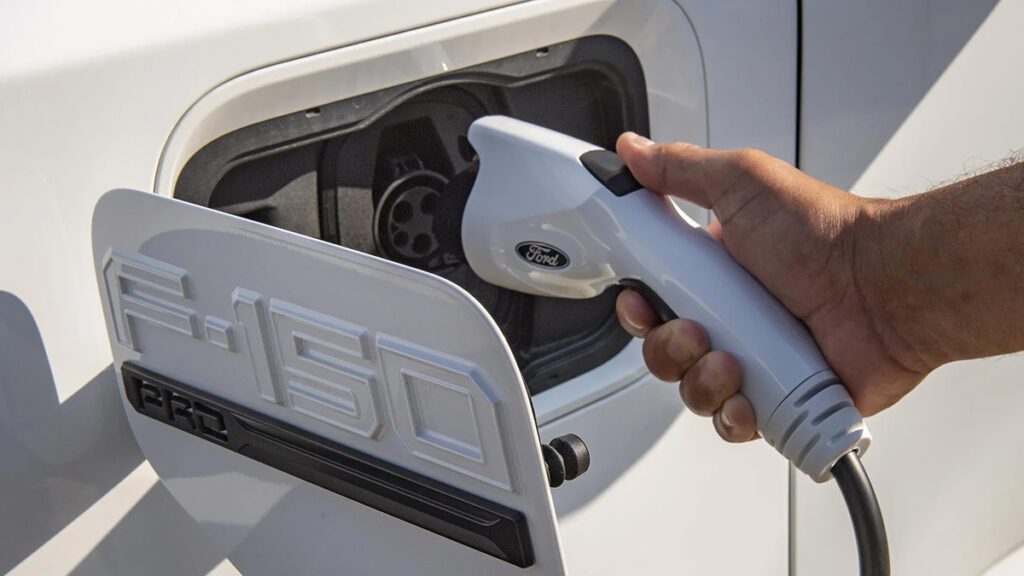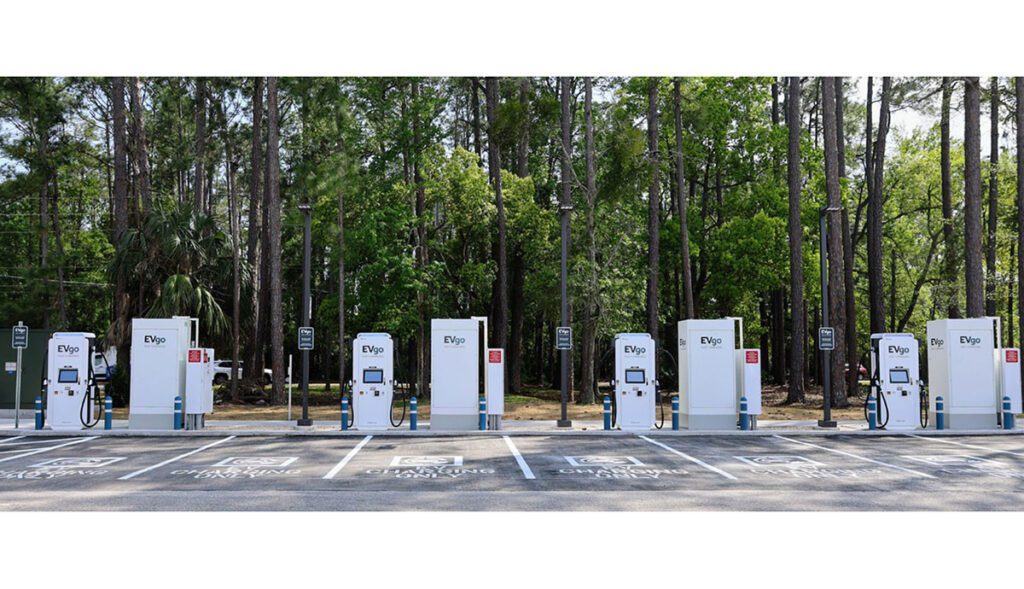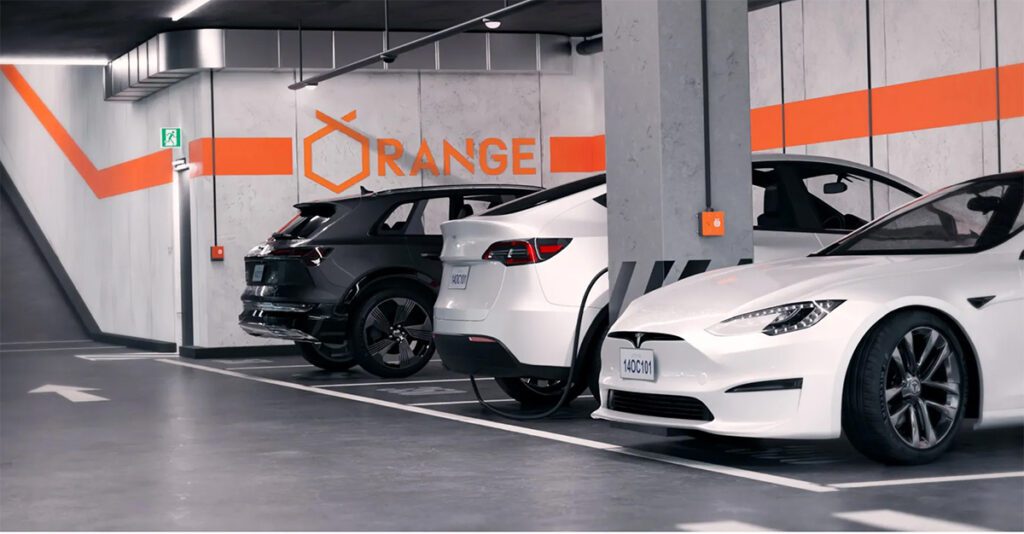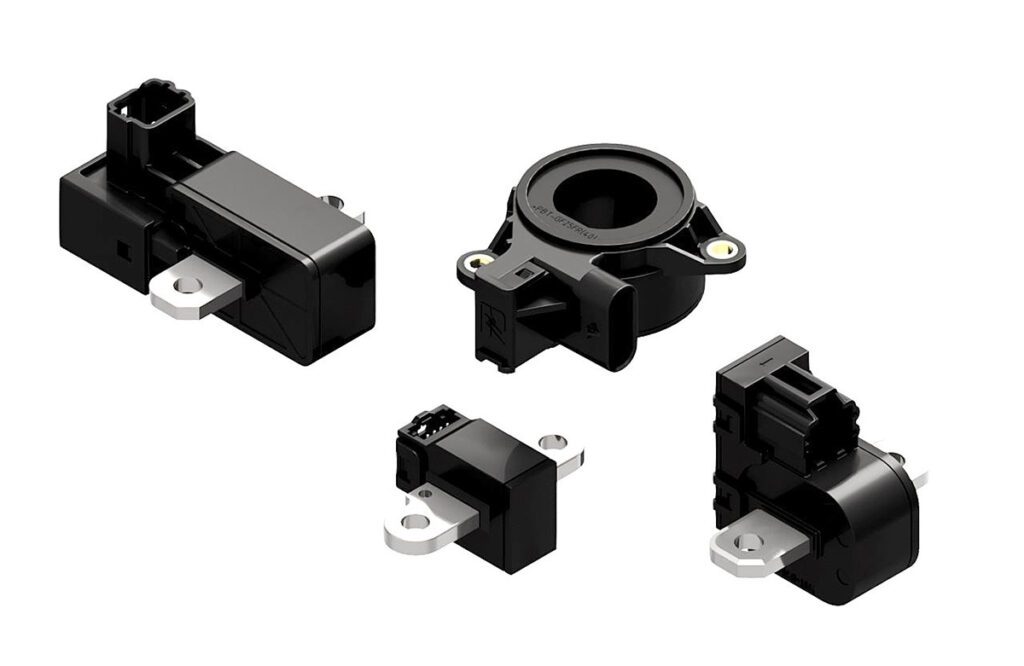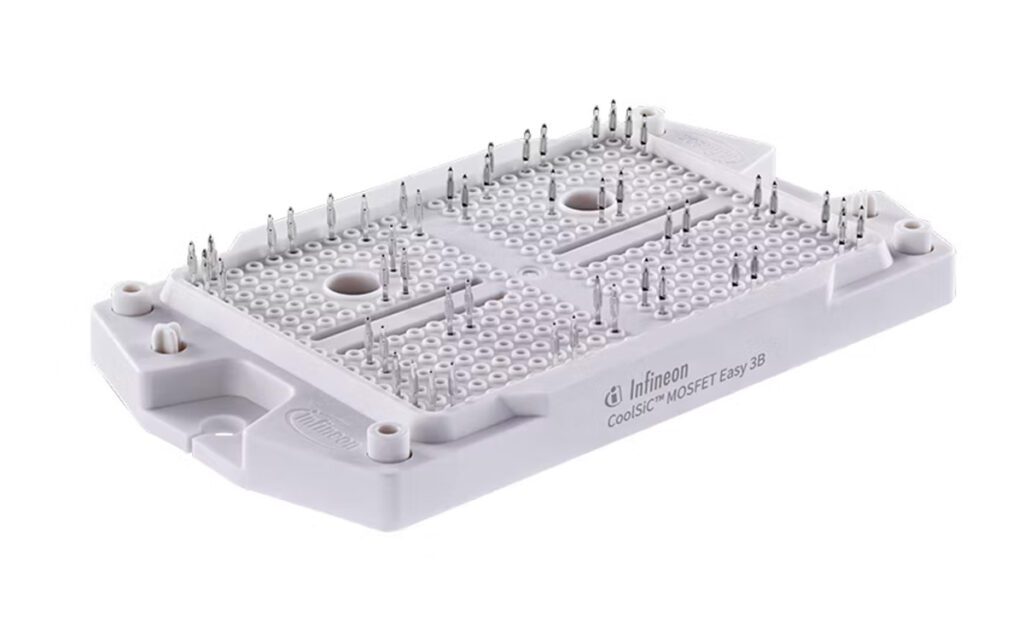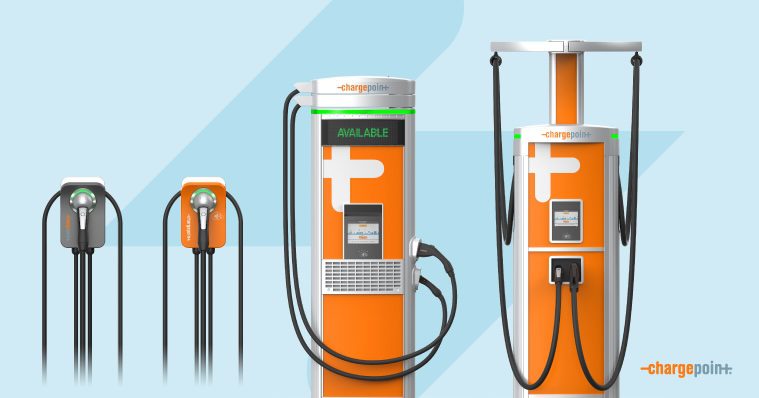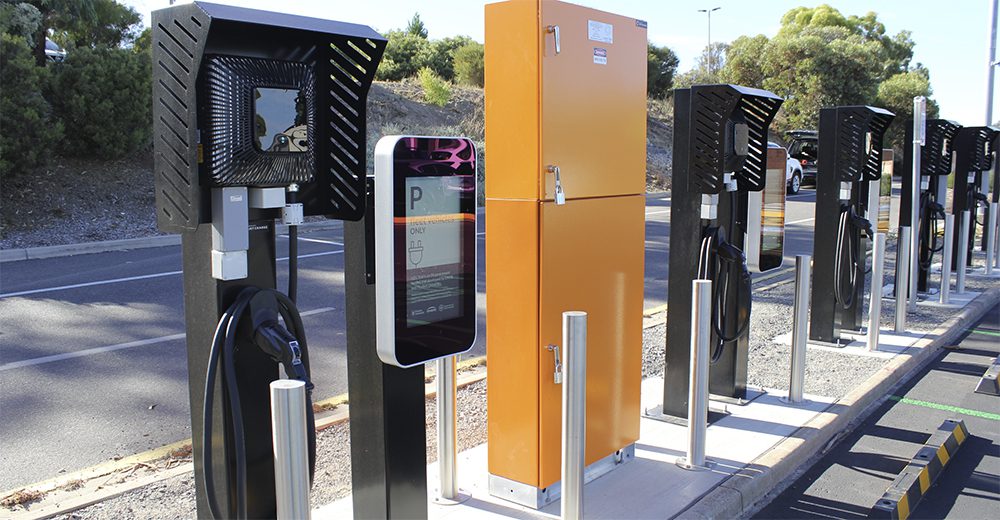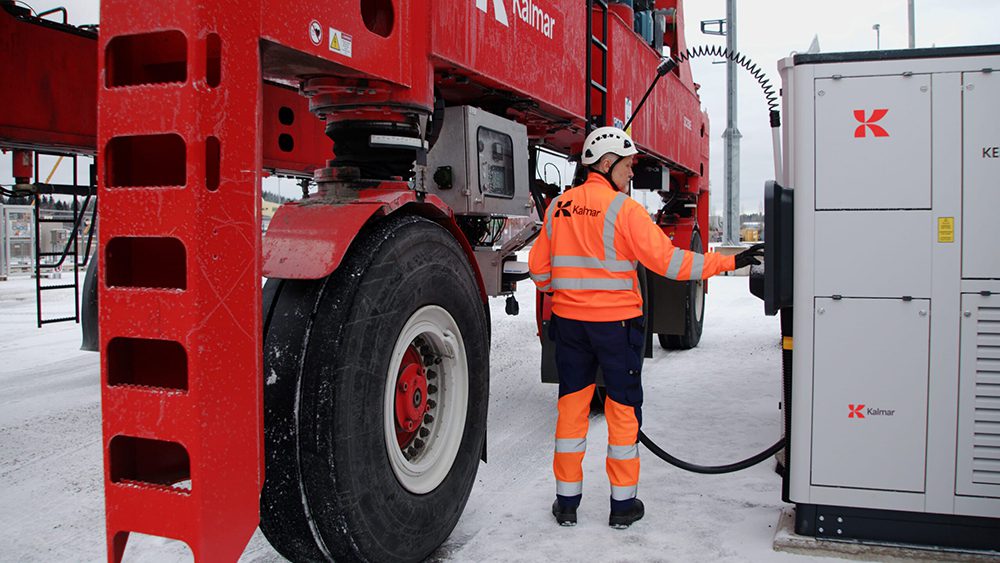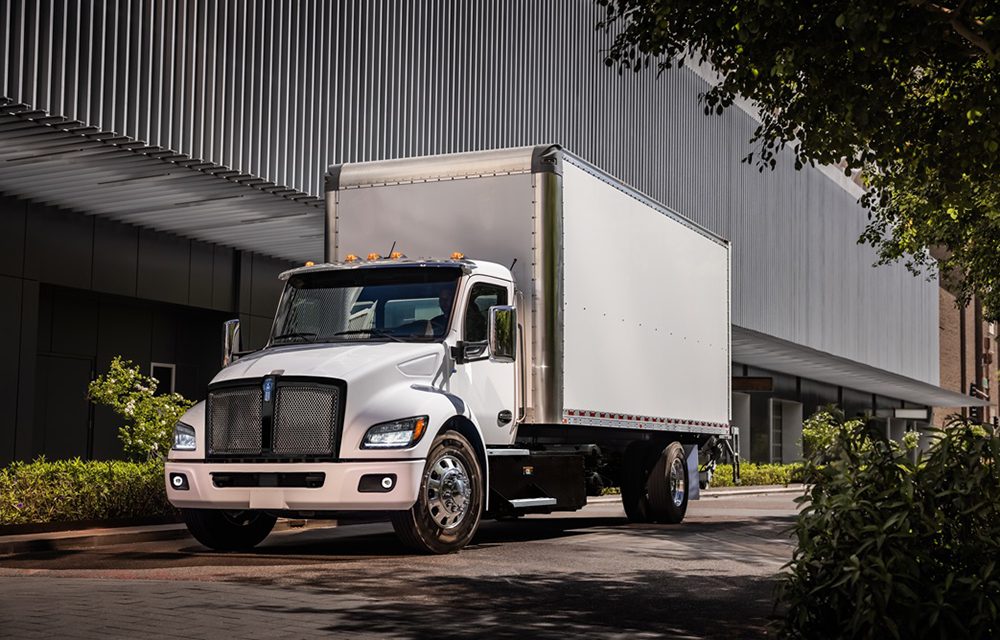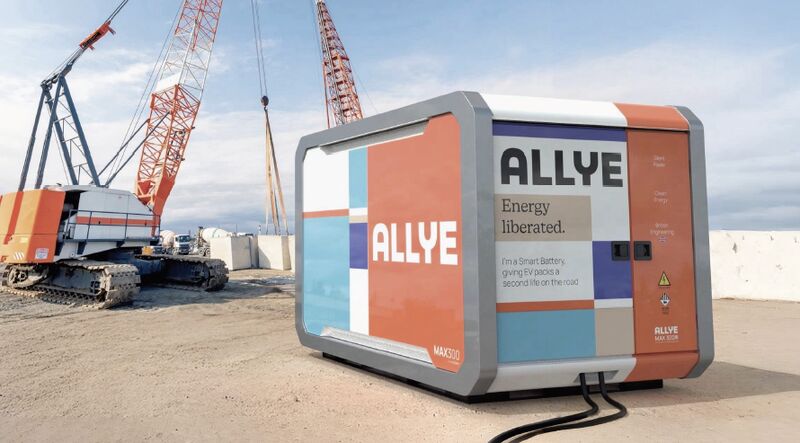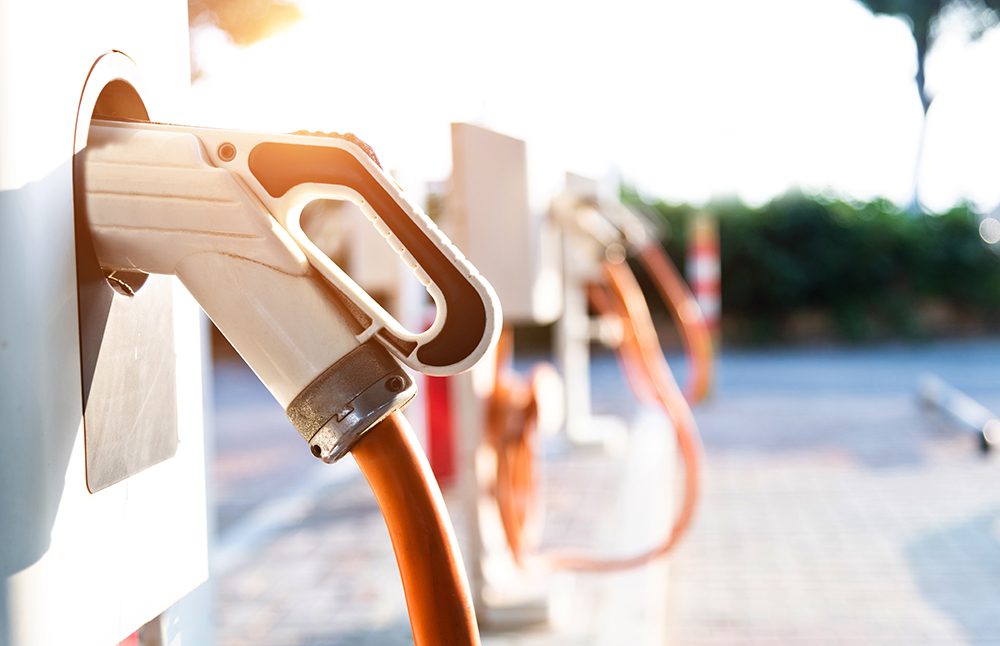The so-called Inflation Reduction Act includes a long list of measures intended to promote e-mobility and renewable energy. The one that’s gotten the most press is the revamped system of tax credits for EV purchases—and naturally so, because that’s the measure that most drivers can see benefitting them directly.
However, as John Voelcker writes in Car and Driver, there’s another provision that could end up having a much greater impact on EV prices (and it’s the price premium over ICE vehicles that is currently the main obstacle to EV adoption).
Buried in the alphabet soup of the IRA is Section 45X, which authorizes 10 years’ worth of funding for production credits for manufacturing batteries (as well as certain renewable energy products). These credits are generous enough to reimburse a manufacturer for a big chunk of the cost of building a battery.
Of course, there’s a catch—to reap the full credit, companies have to build their batteries here in the Good Old USA (or possibly in Canada).
According to an EV battery production expert who spoke to Car and Driver, Section 45X could cut one-third to one-half off the total cost of any EV battery with both cells and pack built in the US. As Voelcker puts it, the new law “has the potential to make EV batteries built in the US so cheap that large swathes of Western cell and battery manufacturing will rush to locate in North America.”
The subsidy covers $35 per kilowatt-hour for battery cell production, plus $10 for battery pack production. At today’s prices, that amounts to over a third of the cost of producing a pack. And here’s the kicker: battery costs are expected to continue their downward trajectory (after a temporary rise due to COVID-induced supply chain problems). Because the subsidy is based on a fixed dollar amount, the net cost of producing a battery pack should drop every year—conceivably even to zero by the time the gravy train runs out in ten years.
That sounds like an offer an automaker can’t refuse. C&D’s battery expert believes that all automakers assembling vehicles in the US will end up building their own battery factories stateside (if they don’t, their competitors will), either on their own or through joint ventures with battery-makers.
How much cash are we talking about? When the bill was being debated last summer, the Congressional Budget Office projected that the tax credits would amount to some $30.6 billion over 10 years (this includes the credits for solar and wind energy products). There’s already a massive pipeline of new battery plants planned for the US, and if automakers rush to the trough as the pundits predict, the true figure could be much higher—Benchmark Mineral Intelligence (via Axios) estimates the eventual total at $136 billion.
The media may have largely missed this story, but automakers haven’t. Tesla expects to earn up to $1 billion in battery tax credits this year. Ford expects to rake in over $7 billion from 2023 to 2026, and CEO Jim Farley recently predicted a “large step-up in annual credits” starting in 2027. GM CFO Paul Jacobson told reporters that his company hopes to grab around $300 million this year, and that the credits will eventually be worth $3,500 to $5,500 per vehicle.
Of course, as Mr. Voelcker notes, there are caveats. The rules are still being finalized, and many details aren’t yet clear. We don’t know whether existing cell plants will qualify, and we can’t predict how automakers will apply the savings. As auto industry execs love to remind us, the margins on EV models (except those built by a certain company called Tesla) are vanishingly thin, and automakers might like to pad them out, rather than passing on the savings to consumers.
On the other hand, the car biz is highly competitive. We’ve recently seen signs of a modest price war breaking out. A few years from now, once the new battery plants start coming on line (and assuming that anti-EV pols in Washington don’t find a way to sabotage the IRA), automakers will have the opportunity to make their EVs much, much cheaper.
Sources: Car and Driver, Axios




